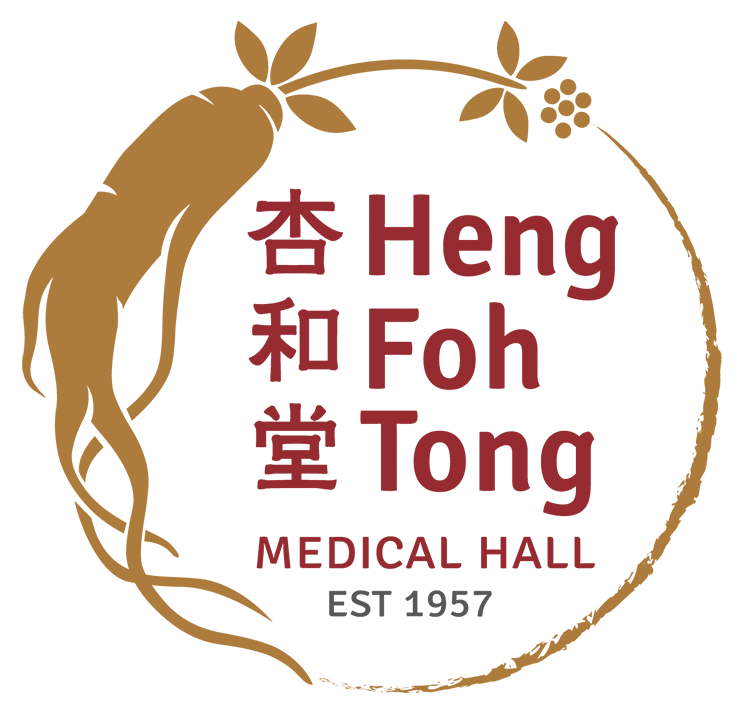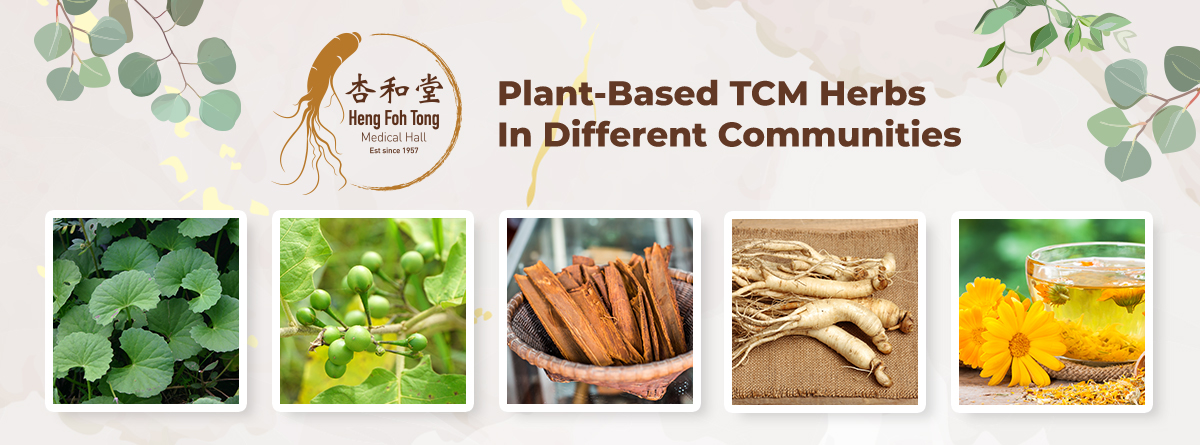Contrary to popular belief, Traditional Chinese Medicine (TCM) is not a strictly Asian phenomenon. Human beings have long leveraged the use of herbs and natural remedies to treat ailments and improve quality of life throughout the ages and in different cultures. In fact, many Western medicine practices are rooted in the knowledge of hundreds of years of tradition, with medicine originating from the same compounds found in the traditional herbs and concoctions that our ancestors have used.
Since human anatomy is pretty much the same across different cultures, it is not surprising that there are communities that use the same TCM herbs in their own context and achieve the same health results. Here are some familiar TCM plants that have appeared in other communities:
Pegaga in Traditional Malay Medicine
Traditional Malay medicine has sworn on the curative powers of Pegaga, also known as Gotu kola, Indian pennywort, or by its scientific name, Centella Asiatica. Also common in Chinese and Ayurvedic medicine, pegaga is an ingredient in herbal concoctions aiming to ease arthritis pain, heal wounds and treat Alzheimer’s disease. Historically, it has also been used as an early treatment for leprosy, an ingredient in concocting a cure for dysentery, and according to legends, an important herb for elongating life.
Terung Pipit in Indian Medicine
Pea eggplant has made an appearance in many alternative medicine cultures, albeit in various names. In India, it’s known by the name Terung Pipit, a plant that is said to help manage diabetes and improve digestion. It is also known as Turkey Berry, Susumber and Prickly Nightshade, and is often prescribed for anemia thanks to its rich iron content, and for lowering blood pressure due to its naturally occurring anti-inflammatory compounds. However, since it is also a member of the Nightshade family, the right dosage and sources in which you get the herbs are are very important to avoid toxic quantities. Interesting facts of Haitian voodoo often made use of this plant for rituals.
Willow Bark in Ancient European Medicine
Even during the times of Hippocrates of Kos, said to be the father of medicine, willow bark was used to treat fever and ease joint pain. Such is the efficacy of this plant that it was even used to develop the early forms of aspirin, leading the way to modern medicine. Today, willow bark is still prescribed to treat headaches, lower back pain, menstrual cramps and even the flu.
American Ginseng in Native American Medicine
Ginseng is a prized ingredient in TCM, and its imported version, the American Ginseng, even more so. Native Americans have used ginseng as a way to combat chronic fatigue and enhance mental functions, as well as a relief for colds and flu. For diabetics, ginseng is also helpful in managing blood sugar. Unlike its Asian counterpart that is mostly known for its invigorating yang traits, American ginseng is prescribed for its relaxing properties, classified with a cooling yin effect.
Calendula in Early European Medicine
Pot marigolds, or calendula, made its appearance in many Greek and Roman rituals as a flower crown, but these blooms are more than just decorations. As a poultice, it is very useful in helping to stop bleeding and speeding up recovery, so much so that it was used by medics during the World War to help staunch wounds. As a cosmetic, it helps ease redness and heal sensitive skin, which is why many beauty products these days use it as an ingredient.
Traditional Chinese Medicine (TCM) suffers from the misconception that it is detached from modern, everyday life. While the world becomes more globalized and cultures blend to become a syncretic melting pot of knowledge, many people still think of TCM as something mystical and esoteric. It’s not unusual, since TCM does get its knowledge from hundreds of years of tradition, but that knowledge is always adapted to match the state of the times. These examples from other cultures show just how lasting the tradition of plant-based medicine is, not only as a remedy but as a way to make quality of life better.
Find out how you can apply TCM in your modern life. Visit us at hengfohtong.com to know more.



